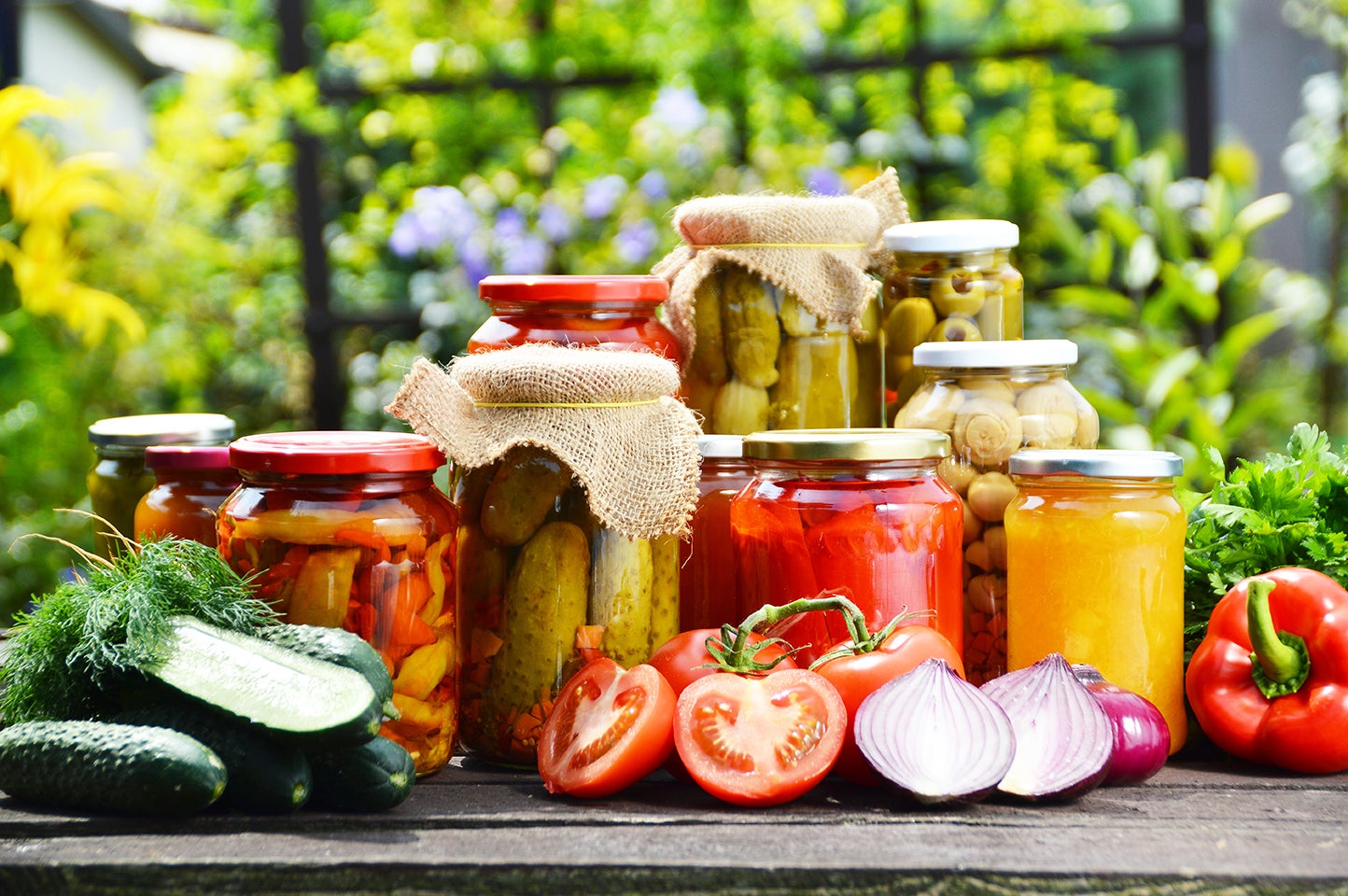Preserving The Future: The Art Of Preparing Food Without Destroying Natural Habitats
In today's fast-paced world, the necessity of preparing food that can be preserved has become increasingly important. As we strive for sustainability, the impact of our food choices on the environment cannot be ignored. The question arises: how can we enjoy the convenience of preserved foods while also safeguarding our planet's precious natural habitats? This article delves into the intricate relationship between food preservation and environmental conservation, exploring methods that not only sustain our culinary needs but also protect the ecosystems we cherish.
As we navigate through the complexities of modern agriculture and food production, it's essential to recognize the urgent need for sustainable practices. The destruction of natural habitats to make way for large-scale farming is a pressing issue. By understanding the importance of preparing food that can be preserved, we can make informed choices that mitigate harm to our environment. This article will guide you through practical solutions that marry food preservation techniques with ecological responsibility.
Join us as we uncover innovative strategies for preparing food that can be preserved without compromising the integrity of our natural habitats. From selecting sustainable ingredients to adopting eco-friendly preservation methods, this exploration aims to empower individuals to make conscious choices that promote a healthier planet. Let’s embark on this journey toward a more sustainable future together.
What is Food Preservation?
Food preservation is the process of treating and handling food to stop or slow down spoilage. This can be achieved through various methods, including:
- Canning
- Freezing
- Dehydrating
- Fermenting
- Pickling
These methods not only extend the shelf life of food but also maintain its nutritional value, allowing for longer storage. However, the methods we choose can have significant implications for our environment.
How Does Food Preservation Impact Natural Habitats?
The production and preservation of food can have both positive and negative impacts on natural habitats. Traditional farming methods often lead to habitat destruction, while sustainable practices can help preserve biodiversity. Here’s how:
- **Positive Impact:** Sustainable farming practices, such as organic farming and permaculture, can enhance soil health and promote biodiversity.
- **Negative Impact:** Intensive farming often results in deforestation, loss of wetlands, and disruption of ecosystems.
What Are Sustainable Food Preservation Techniques?
To minimize the destruction of natural habitats while preparing food that can be preserved, consider the following sustainable techniques:
- Canning with Local Produce: Source fruits and vegetables from local farms to reduce transportation emissions.
- Freezing Seasonal Foods: Preserve seasonal produce by freezing, which minimizes spoilage and waste.
- Dehydrating Fruits and Vegetables: Use a dehydrator to preserve food without chemicals, keeping the nutrients intact.
- Fermenting Foods: This ancient method enhances flavors and extends shelf-life while promoting gut health.
Can We Balance Food Preservation and Habitat Protection?
The challenge lies in finding a balance between our need for preserved foods and the preservation of natural habitats. Here are some strategies to achieve that balance:
- Support local farmers who practice sustainable agriculture.
- Grow your own fruits and vegetables to reduce reliance on commercial farming.
- Educate yourself about food sourcing and preservation methods.
What Role Does Consumer Awareness Play?
Consumer awareness plays a critical role in shaping agricultural practices. By understanding the environmental impacts of our food choices, we can demand more sustainable options. This can be achieved through:
- Reading labels to ensure products are sustainably sourced.
- Participating in community-supported agriculture (CSA) programs.
- Advocating for policies that protect natural habitats.
How Can Individuals Make a Difference?
Every individual has the power to contribute to the preservation of natural habitats while enjoying preserved foods. Here are actionable steps:
- Educate Others: Share knowledge about sustainable food practices with friends and family.
- Volunteer: Join local organizations focused on habitat preservation.
- Make Informed Choices: Opt for products that prioritize sustainable practices.
Conclusion: A Sustainable Future Awaits
Preparing food that can be preserved does not have to come at the cost of our natural habitats. By adopting sustainable practices and making informed choices, we can enjoy the benefits of preserved foods while protecting the ecosystems that sustain us. It’s time to rethink our food systems, embrace sustainable preservation methods, and advocate for the health of our planet. Together, we can create a future where food preservation and environmental conservation go hand in hand.
Article Recommendations
- Tim Mcgraw Diddy
- Jason Derulo Mom
- Julie Bowen Boyfriend
- Simon Cowell News
- Sophierain Nudes
- Tim Miller Husband Tyler Jameson
- Aimee Maye
- Jeffrey Glasko
- Patricia Heaton
- Who Is Paula Patton Dating


